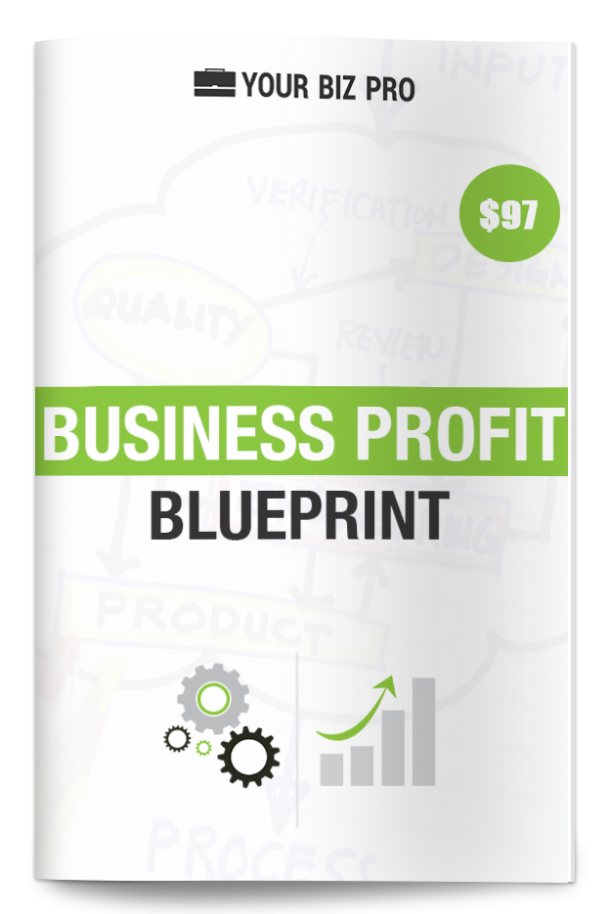Lately, I’ve noticed that people talk more and more about ROI. Yet, if I ask them how they measure it, or what their criteria is for a good return on investment, not everyone can provide a clear answer. ROI is becoming a bit of a buzz word used to advance an idea or to shut one down. That would be appropriate if there is clear alignment in the organization on how it is measured, and on what defines “good”. It is not fine when people use the term as a justification for their position without actual data. The reality is, there can be cases where the ROI is good for one team, but bad for another. The key is to decide based on what is best for the company overall, preferably with the long run in mind. Let’s start with the investment part of the equation, which is commonly considered in terms of time and money.
Money Investments
Monetary investments appear to be straightforward. Yet, there are often ancillary costs that need to be considered. For example, people are usually clear on the dollar value of their inventory in a product-based business. They may get a bit fuzzy if you start drilling down into the costs associated with carrying inventory, such as warehousing costs, personnel, tracking, etc. Then there is the opportunity cost of having that money tied up in inventory. The profit from other opportunities you couldn’t take advantage of. Or perhaps you could have paid off a credit line, or driven additional sales via marketing, or simply had the money earning interest. Of course, you need to have inventory in a product-based business. If someone is ready to make a purchase and your product is out of stock, they will purchase something else and you will not recover that sale. I’m simply pointing out that the monetary investments are not always as simple as they seem.
Time Investments
Time investments can be even harder to quantify. There may be many people working on an initiative. It can be tempting to reduce employee time to overhead and discount it entirely, yet those people could have been doing other productive things. Therefore, this is another type of opportunity cost. If there was travel involved, there is the travel time, cost of travel, and the productivity impact on the employee.
The Big Picture On The Investment Side Of ROI
Clearly, it is not always necessary to analyze and consider every little expense. In fact, the opportunity cost of such an exercise may exceed the return (ironic, isn’t it?). The point is, approximating the true cost of an investment, in terms of time, money and opportunity, may take a bit of thought.
Measures of Return
The same holds true on the return side of an ROI equation. Return can also be measured in terms of time, money, and opportunity. I would also agree that unaided awareness and social engagement are forms of ROI since brand equity can appear on a balance sheet in the form of “goodwill”, but I draw the in at “likes” and “followers” because it is far too easy to generate plenty of both from people who have no interest in what you do and will never become a customer.
Monetary Returns
The most common approach for measuring ROI is income returned per investment dollar (the time involved can be converted to dollars based on salaries, interest rates, etc.). With this measure, I prefer to see a minimum of a 5:1 return on investment. Personally, I prefer to look at marginal profit dollars returned per investment dollar because it encompasses more business factors than income. The complexity also makes it more difficult to provide a simple rule of thumb for a target ROI. This is because it depends on the maturity of your business, or the subset of your business you are investing in. If you have not yet reached the Break Even Point (BEP) and the additional volume will help get you there, you might be OK with a zero return if it gets you to BEP. However, when I am beyond BEP there needs to be at least a 20% return in marginal profit dollars, and I’ll push it high as I can.
Productivity Returns
As you know, many worthwhile investments do not initially generate revenue or profit. They may generate productivity. This more efficient use of time will increase profit, it just does so over time. You don’t get to put it all in the bank right away. It will add up, sometimes little by little, yet make a big difference in the long run.
The ability to “scale” can be another great return on investment. This means the ability to grow quickly, without adding a proportionate amount of additional overhead (people, equipment, etc.). If you build your business properly in The Entrepreneur Economy, your profitability may grow at double the rate, or perhaps even exponentially, in proportion to sales. If your business is not built to “scale”, I strongly recommend evolving quickly.
The Holy Grail Of ROI
The best return on investment you could possibly make is one that provides you with sustainable competitive advantage. “A wide and deep moat”, as Warren Buffet would describe it. Something that makes you better than your competitors, and cannot be copied, or has become too expensive to copy. Often this takes the form of Intellectual Property, but it could be a trade secret, a system, infrastructure, etc. What would it be worth to you to ensure your business had the best of something for 5, 10 or 20 years? As you can imagine, the return on an investment in innovation which delivers sustainable competitive advantage is nearly infinite.
May all of your ROIs be high.

